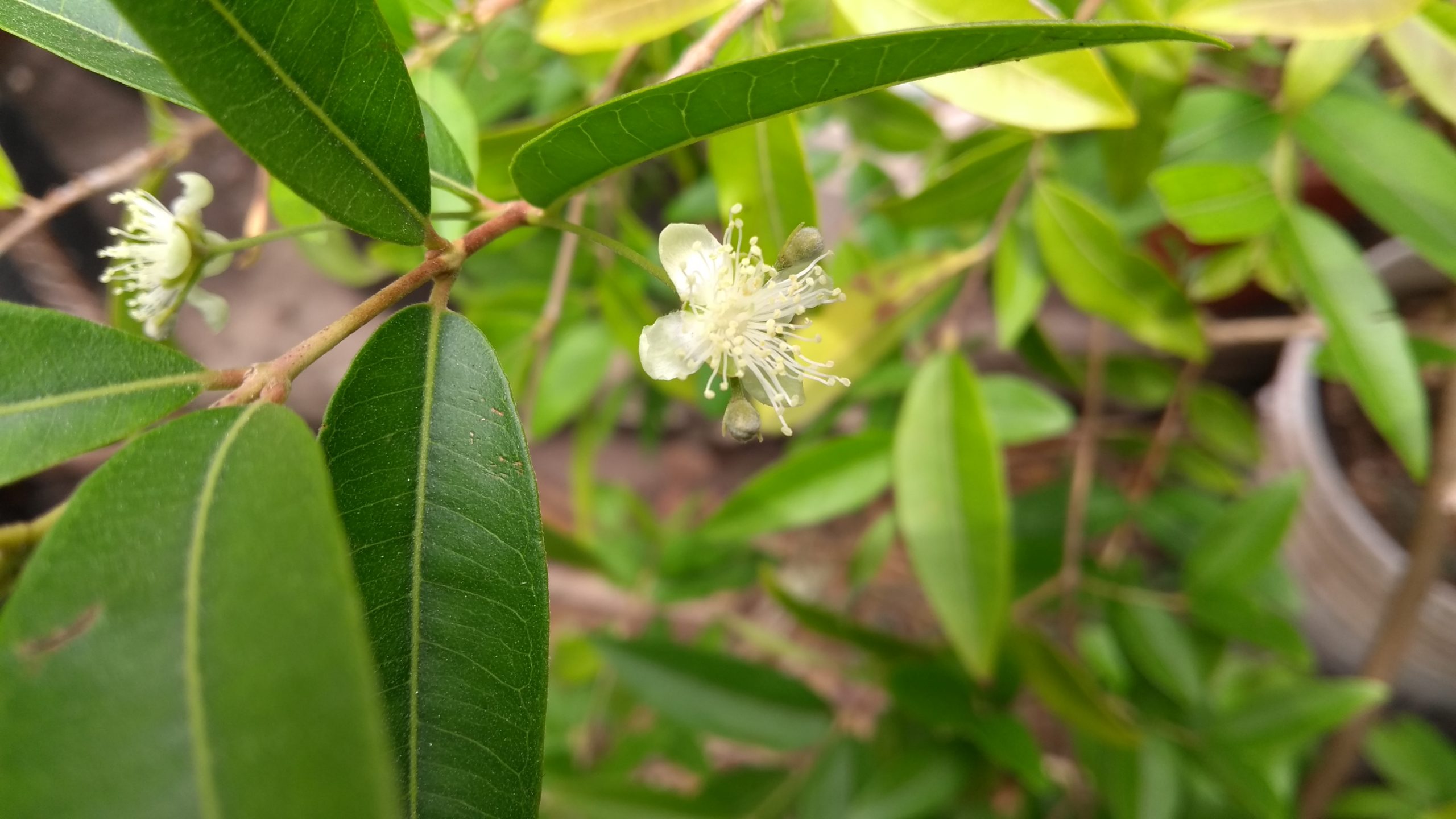Bakul, Indian Medicinal Plant
Bakul tree is native to India and it grows to a height of about 12 to 15 meters. This tree is of high medicinal use and in India it gives relief from pain, headache, diarrhea, etc.
Bakul is an evergreen tree which is probably native to India. It is cultivated in parks and gardens in India for ornament and also as an avenue or shade tree. The Botanical name of Bakul is Mimusops elengi. It is known by different names in different Indian languages like Bohl and Bukal in Bengali, Bar-Soli and Bolsari in Gujarati, Pagade, Bakula and Pagadi Mara in Kannada, Enengi, Ilanni and Bakulam in Malayalam, Baula, Bokulo, Boulo and Kirakuli in Oriya language, Bakulah, Bakula and Vakula in Sanskrit, Pogadachettu, Pogada and Vakulamu in Telugu, Bhonsari, Mal-Sari, Bakul, Maulsari and Mulsari in Hindi, Vonvol and Vouvoly in Konkani, Bakhor, Barsoli, Bakula and Ovalli in Marathi, Maulsari in Punjabi, Inalji and Vagulam in Tamil and Molsari in Urdu.
Bakul is an evergreen tree which grows to a height of about 12 to 15 meters, with a dense rounded crown, short trunk, and brown bark, cracked or fissured and inner bark being red or reddish-brown and white latex. The leaves are alternate, elliptic-oblong, 6.3 to 10 centimetres long and 3.2 to 5 centimetres wide, apex acuminate, base acute or rounded, coriaceous, shiny, glabrous, with undulate margins. The petioles are 1.3 to 2.5 centimetres long. Flowers of Bakul are small, star-shaped, creamy-white, fragrant, nearly 2.5 centimetres across, solitary or in 2 to 6-flowered axillary fascicles. Buds are ovoid and acute and the pedicels are 0.6 to 2 centimetres long. Calyx is one centimetre long, fulvous-pubescent, sepals ovate and tomentose. The corolla is longer than the calyx and lobes are 8 millimetres long. Fruits (berries) are ellipsoid, about 2.5 centimetres long, one-seeded berries and yellow to orange-red when ripe. The seeds are brown, ellipsoid, compressed and shining. In peninsular India flowering and fruiting takes place between March and January.
Bakul is probably native to India, Myanmar (Burma), Sri Lanka, Indo-China, Thailand and the Andaman Islands. This tree is cultivated frequently in gardens and parks for ornament and as an avenue or shade tree throughout tropical India and elsewhere in the tropics. Under natural conditions it is found in semi-evergreen and deciduous forests from the coastal plains of peninsular India at an altitude of about 900 meters in the Western and Eastern Ghats. The best growth of Bakul occurs in the moist evergreen forests of the Western Ghats and in the Andamans.
The astringent pulp of the ripe fruits of Bakul is used in the treatment of chronic dysentery. The seeds are purgative; made into a paste with oil or ghee (clarified butter), and are used in suppositories to relieve chronic constipation, particularly in children. A snuff made from the dried flowers induces copious defluxion from the nose and gives relief from headache and pains. Both the fruits and flowers are used with other astringents to prepare a lotion for treating ulcers and wounds. The bark is astringent, tonic and febrifuge; it is believed to increase a woman`s fertility. Its decoction, or expressed juice, is used as a gargle for the treatment of gum and tooth diseases and the tribal inhabitants of Orissa state use it as remedy for diarrhea.
From:
https://www.youtube.com/watch?v=MdhLAY0Ikos
More:
